17th century round silver plate
Posted: Fri Oct 01, 2021 1:30 pm
A thick silver plate with letters stamped on the periphery and an image in the centre.
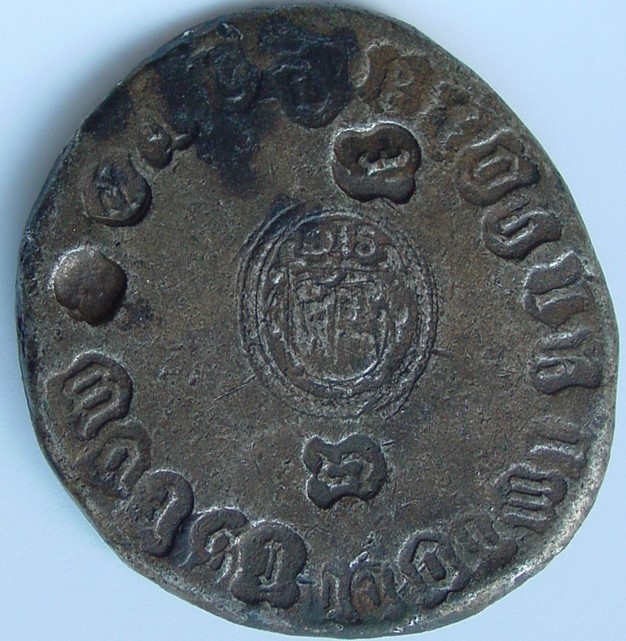
Metal detector find in 2002 by Fred Bot (deceased). Location city of Schoonhoven, found in the harbour sludge, below the waterline on the edge of the Oude Haven. Given the location and Schoonhoven's history in short, the letters may be year letter hallmarks belonging to a city, most likely after 1582, before 1814.
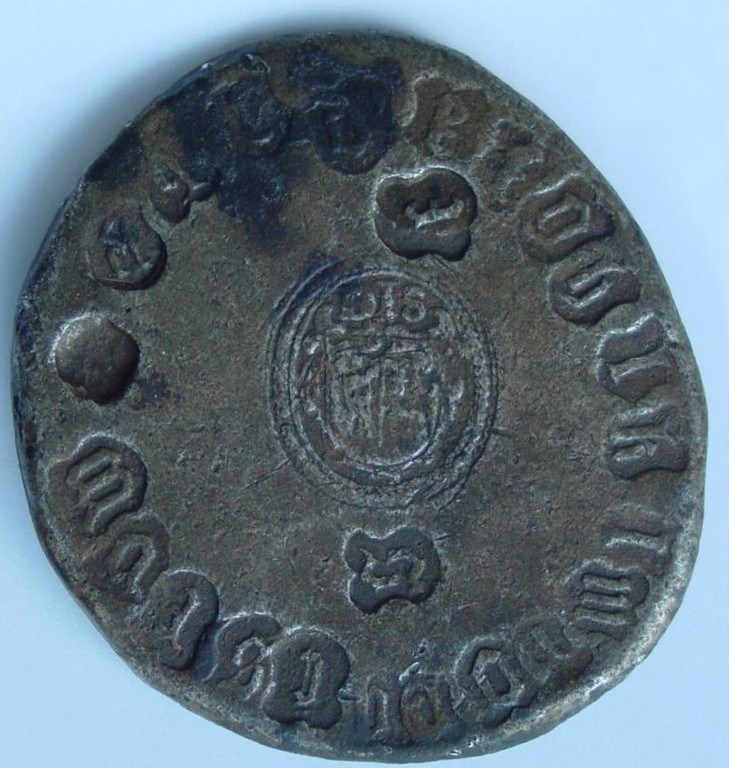
A thick metal plate with letters stamped on the periphery and an image in the centre.
A plate cast in a horizontal form. It is not further worked with a hammer or a roller; the thickness varies from 3.5 to 3.8 mm. The back side smooth there is nothing on it and there are no traces of a casting mould.
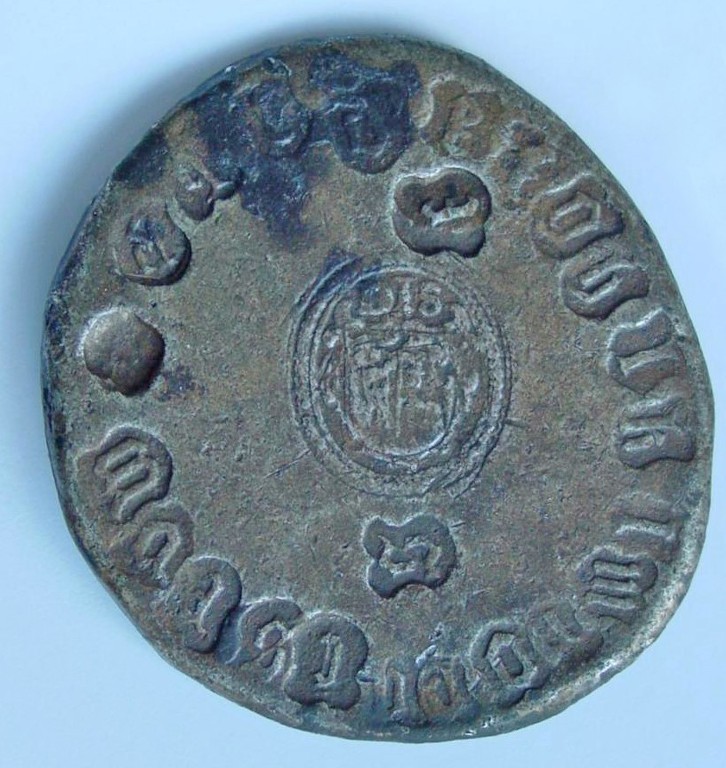
Plate with letter marks; silver, 1st standard/sterling (925/000), weight 46 grams. Dimensions: max 51.9 mm over letters C-N, min. 46.7 mm over letters H-V. Thickness 3.5 - 3.8mm. Punched Coat of arms Schiff, with monogram DIS, two crescent moons placed vertical in line with stakes or masts are visible, inside oval (h x w: 14 x 12 mm).
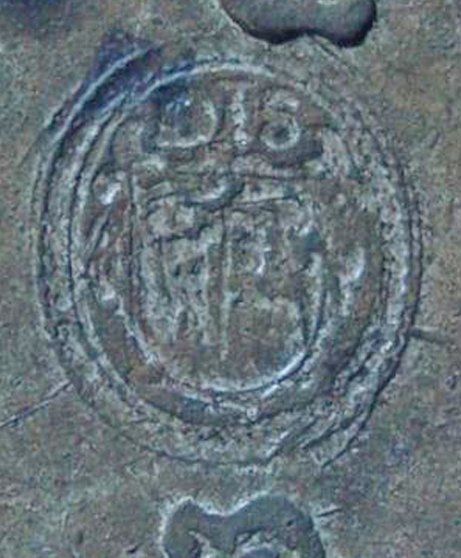
Sailing vessel or Schiff with 2 crescent moons (vertical)
Below Family Crest family Schiff ( as shown internet)
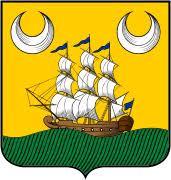
The letters are in alphabetic order punched A to W. The I and the J have been merged into one letter I, just like the U and the V' have been merged into V; a common practice with the year letters used Guild period before 1814. The letters X, Y and Z' are not present, there are 22 letter punched. The shields and contours of the letter A, B, C and D are mutilated.
The first impression is 'struck around in alphabetical order'. There is one exception: the 'R' was later crossed over the 'S'. The 'S' and the 'T' have again been re-punched within the inner circle, with the 'T' being a double punch, which has disfigured the contour. Was the person perhaps not satisfied with the legibility of these letters? The contours of the earlier letters are indeed mutilated, but so are the contours of other letters. The letter 'B' is upside down compared to the other letters. The extra punches of the damaged 'S' and 'T', lead to the conclusion that the letters were punched in one session. It looks like the person had all the punches at his disposal. The letters are not successively struck at periodic intervals. If they represent 'year letters', then they were the year letters of a series already passed until then.
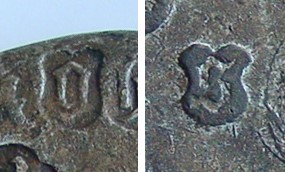
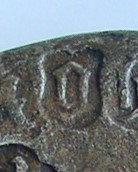
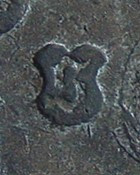
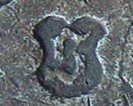
Letters and shield shapes. The letters are gothic, lowercase and all correspond in design. It appears the letters have similar shield shapes with a round base, and the sides are contoured. All letters and contours are sharp. The stamps appear not to have been used much before or only in a soft metal such as copper or tin. In conclusion, we can say that it concerns one series of 'year letters' or hallmarks.
Schiff;
https://dbs.anumuseum.org.il/skn/en/c6/ ... ame/SCHIFF
Schiff family in the Netherlands; silversmith city of Nijmegen, there were quite a few Schiff’s involved in precious metals, also wine trade. The family crest Schiff’s Nijmegen.
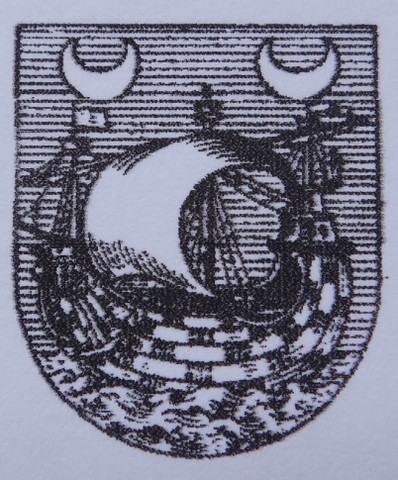 ‘Schiff’, Nederlands Patriciaat (NP) 11(‘sGravenhage 1920) 239-245; R.T. Muschart, 'Onjuistheden in het Armorial Général van J.B. Rietstap', Schiff (Holland), Nederlandsche Leeuw, 1938, kol. 504; H.F. Reynvaan, ‘Schiff, een geslacht van Nijmeegse gemeenslieden’, Nederlandsche Leeuw 1974, kol 106-115, 280
‘Schiff’, Nederlands Patriciaat (NP) 11(‘sGravenhage 1920) 239-245; R.T. Muschart, 'Onjuistheden in het Armorial Général van J.B. Rietstap', Schiff (Holland), Nederlandsche Leeuw, 1938, kol. 504; H.F. Reynvaan, ‘Schiff, een geslacht van Nijmeegse gemeenslieden’, Nederlandsche Leeuw 1974, kol 106-115, 280
Please note crescent moons are horizontally placed on the two ship's masts
To compare:
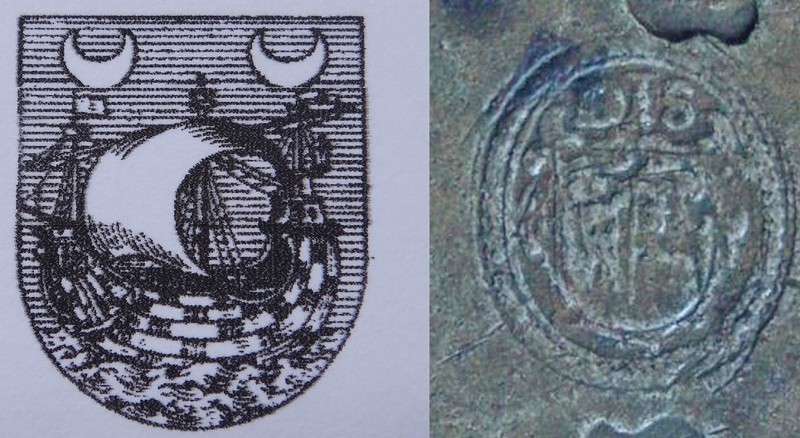
Questions;
Where was this silver metal plate used for?
The family crest or?, for?
The letters/monogram DIS?
Could this be year letters for controlled/old measures/ verification marks or?
Country of origin?
Peter.
Source;
Rene Kappers /Zilver Histograaf Schoonhoven.

Metal detector find in 2002 by Fred Bot (deceased). Location city of Schoonhoven, found in the harbour sludge, below the waterline on the edge of the Oude Haven. Given the location and Schoonhoven's history in short, the letters may be year letter hallmarks belonging to a city, most likely after 1582, before 1814.

A thick metal plate with letters stamped on the periphery and an image in the centre.
A plate cast in a horizontal form. It is not further worked with a hammer or a roller; the thickness varies from 3.5 to 3.8 mm. The back side smooth there is nothing on it and there are no traces of a casting mould.

Plate with letter marks; silver, 1st standard/sterling (925/000), weight 46 grams. Dimensions: max 51.9 mm over letters C-N, min. 46.7 mm over letters H-V. Thickness 3.5 - 3.8mm. Punched Coat of arms Schiff, with monogram DIS, two crescent moons placed vertical in line with stakes or masts are visible, inside oval (h x w: 14 x 12 mm).

Sailing vessel or Schiff with 2 crescent moons (vertical)
Below Family Crest family Schiff ( as shown internet)

The letters are in alphabetic order punched A to W. The I and the J have been merged into one letter I, just like the U and the V' have been merged into V; a common practice with the year letters used Guild period before 1814. The letters X, Y and Z' are not present, there are 22 letter punched. The shields and contours of the letter A, B, C and D are mutilated.
The first impression is 'struck around in alphabetical order'. There is one exception: the 'R' was later crossed over the 'S'. The 'S' and the 'T' have again been re-punched within the inner circle, with the 'T' being a double punch, which has disfigured the contour. Was the person perhaps not satisfied with the legibility of these letters? The contours of the earlier letters are indeed mutilated, but so are the contours of other letters. The letter 'B' is upside down compared to the other letters. The extra punches of the damaged 'S' and 'T', lead to the conclusion that the letters were punched in one session. It looks like the person had all the punches at his disposal. The letters are not successively struck at periodic intervals. If they represent 'year letters', then they were the year letters of a series already passed until then.




Letters and shield shapes. The letters are gothic, lowercase and all correspond in design. It appears the letters have similar shield shapes with a round base, and the sides are contoured. All letters and contours are sharp. The stamps appear not to have been used much before or only in a soft metal such as copper or tin. In conclusion, we can say that it concerns one series of 'year letters' or hallmarks.
Schiff;
https://dbs.anumuseum.org.il/skn/en/c6/ ... ame/SCHIFF
Schiff family in the Netherlands; silversmith city of Nijmegen, there were quite a few Schiff’s involved in precious metals, also wine trade. The family crest Schiff’s Nijmegen.
 ‘Schiff’, Nederlands Patriciaat (NP) 11(‘sGravenhage 1920) 239-245; R.T. Muschart, 'Onjuistheden in het Armorial Général van J.B. Rietstap', Schiff (Holland), Nederlandsche Leeuw, 1938, kol. 504; H.F. Reynvaan, ‘Schiff, een geslacht van Nijmeegse gemeenslieden’, Nederlandsche Leeuw 1974, kol 106-115, 280
‘Schiff’, Nederlands Patriciaat (NP) 11(‘sGravenhage 1920) 239-245; R.T. Muschart, 'Onjuistheden in het Armorial Général van J.B. Rietstap', Schiff (Holland), Nederlandsche Leeuw, 1938, kol. 504; H.F. Reynvaan, ‘Schiff, een geslacht van Nijmeegse gemeenslieden’, Nederlandsche Leeuw 1974, kol 106-115, 280Please note crescent moons are horizontally placed on the two ship's masts
To compare:

Questions;
Where was this silver metal plate used for?
The family crest or?, for?
The letters/monogram DIS?
Could this be year letters for controlled/old measures/ verification marks or?
Country of origin?
Peter.
Source;
Rene Kappers /Zilver Histograaf Schoonhoven.